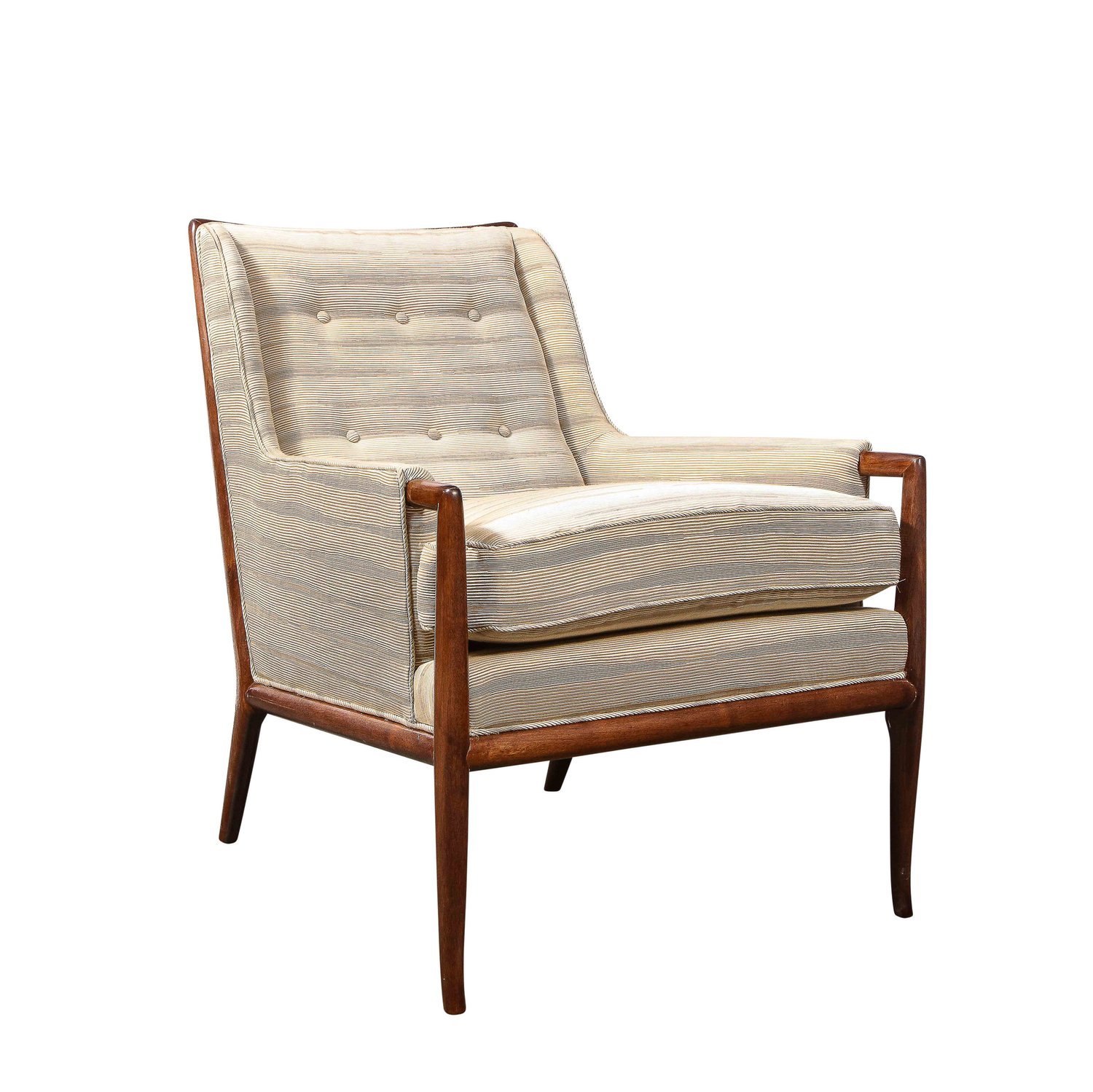T.H. ROBSJOHN-GIBBINGS
Terence Harold Robsjohn-Gibbings, a renowned English designer, was born in 1905 and gained fame for his modern furniture designs that elegantly infused classical Greek and Roman elements. His academic journey began at the University of London, where he studied architecture. However, his passion extended beyond the academic, drawing him often to the British Museum where he immersed himself in the study of classical arts.
In 1929, Robsjohn-Gibbings moved to New York, where he initially worked with the distinguished Charles Duveen. By 1936, he had established himself as an independent interior designer, rapidly becoming a notable figure in American design. His philosophy that "the modern should stem from the very ancient" guided his creations, blending ancient symmetry with contemporary functionality. This approach earned him critical acclaim and led to his engagement with Widdicomb Furniture Company in 1946 to design a line of furniture that was celebrated by House Beautiful and featured at the Museum of Modern Art’s Good Design exhibit in 1951.
Robsjohn-Gibbings's career also had a literary aspect; he authored humorous novels like Goodbye, Mr. Chippendale, which critiqued America’s fascination with antique furniture. His later years were spent in Greece, the heartland of classical art that had long inspired him. There, he designed for high-profile clients like Aristotle Onassis and the Niarchos family. He lived in Athens overlooking the Parthenon until his death in 1976.
Robsjohn-Gibbings’s contributions to design were not just limited to furniture; he also ventured into the design of interiors for notable personalities and public spaces, maintaining a focus on integrating classical aesthetics into modern contexts. His works are now part of permanent collections at prestigious institutions such as the Museum of Modern Art and the Metropolitan Museum of Art in New York.
His early life in England and the subsequent move to New York set the stage for a career that would influence design aesthetics profoundly. Robsjohn-Gibbings's work continues to be revered for its visionary blending of ancient elegance with modern simplicity, making him a pivotal figure in the evolution of 20th-century design.
COLLECTION




